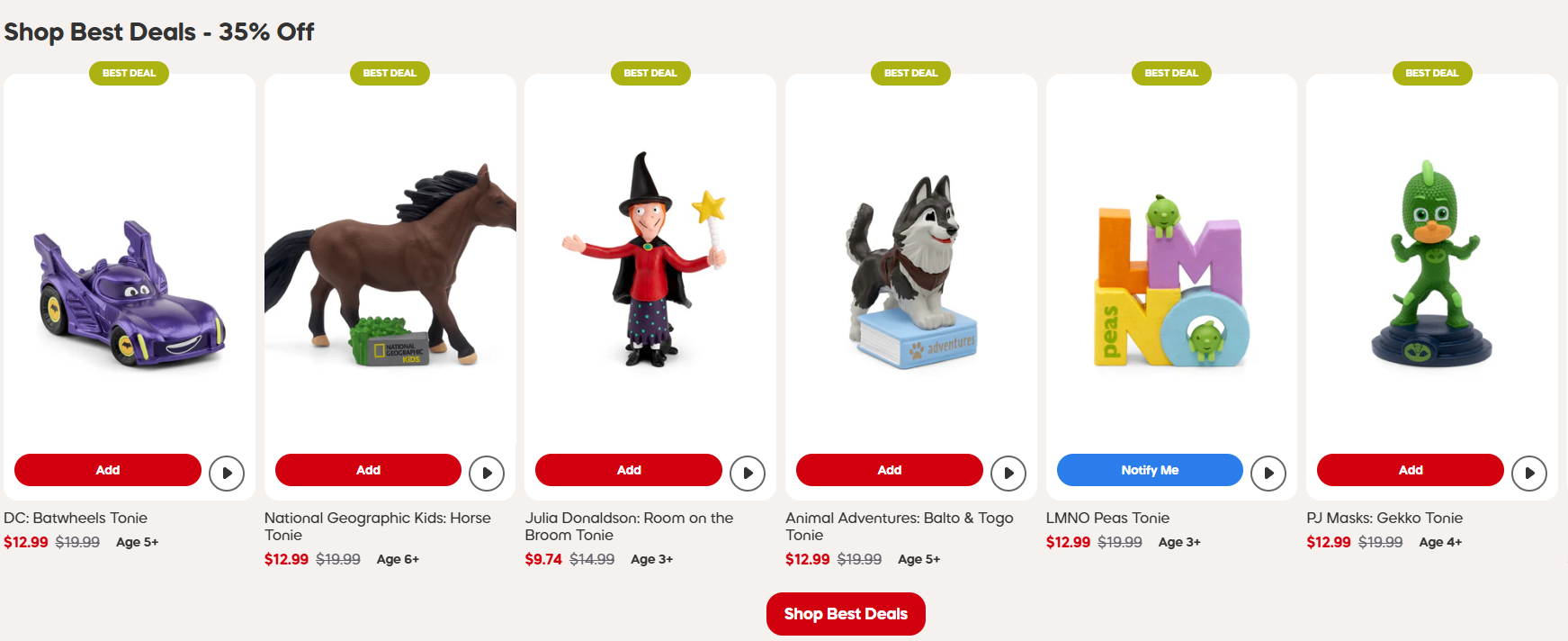Integrating an ID card system at your business or organization can get rid of a lot of headaches. They help in all kinds of industries and situations. They make it easy for customers to identify staff when they need help, help colleagues identify an employee’s specific role in complex organizations like hospitals, help organizations manage visitors and customers (such as in a gym), and can be used to enhance security protocols in just about any situation.
From simple photo ID badges to access card readers, time card integration, and more, an ID card system is easy to start. All you need is an ID card printer that allows you to print and program custom cards that fit your business. With the right printer and software, you can make sure your system matches your organization’s goals.
Complete ID card systems can be found at Avon Security along with ink ribbons, lanyards, and supporting software. It’s easy to find everything you need to start this new system, but you also need to make sure you get employee buy-in. You may find resistance to wearing ID badges or lanyards at first, but there are some smart strategies you can put in place to get more buy-in.
#1 Emphasize Security
One of the biggest benefits of an ID card system is security. The growing incidence of workplace violence has led to an uptick in workers who don’t feel safe at their place of employment. Many don’t know how they are supposed to react when they witness a security threat or trespassing either.
Introducing an access card reader and ID cards that employees must tap in order to gain access to the workplace can give everyone peace of mind. It will also have the added benefit of reducing the risk of equipment theft and trespassing.
By stressing the security benefits of the new system, you’ll see higher compliance, especially from workers who appreciate that their safety is being taken seriously.
#2 Make ID Card Systems Convenient
If your organization uses a time card system, integrating a touch card reader that makes their badge their time card is an effective way to make sure employees bring and use their cards. All you have to do is set up a security checkpoint card reader where they tap their cards on their way to their desk or workspace each morning.
This system gives you both access control and streamlines punching in and punching out, all while encouraging employees to adopt a new ID card system. You can use either a magnetic stripe card that employees swipe to check in or newer cards that use RFID time clocks that are easier to scan.

Credit: sastock via Freepik – https://www.freepik.com/premium-photo/young-woman-holding-badge-name-tag-close-up-light-hill-wall_12952670.htm
#3 Stress the Importance of Access Control
Make sure employees understand why a new ID card system makes everything safer and more secure. In many cases, access ID cards are used to keep areas restricted only to the people who belong there. Those areas likely have important equipment or supplies, and it’s essential that only those who belong can get there.
For example, in many medical facilities, only certain people are allowed access to controlled drugs. They’re tightly monitored, and employees often have to record the amounts they are taking and sign off on it. By introducing a proximity card system to even access that part of the pharmacy, controlled drug areas are physically restricted, and only the appropriate employees can access them in the first place. Access ID cards that track where and when employees access an area can also make it easier to monitor controlled substances.
#4 Incentivize Using ID Badges
In addition to making sure employees understand the benefits of photo ID card systems, it also helps to incentivize their use. Large institutions may find it valuable to reach out to vendors like restaurants in the proximity and talk to them about offering discounts to employees – and all they need is their ID badge to receive it.
Businesses that rely on customers’ workplaces, such as restaurants catering to the lunch crowd, may be inclined to offer discounts if they knew that they could count on higher volumes of customers from your organization.
#5 Enforce ID Policies
Finally, if incentives and thorough policy explanations still haven’t resulted in widespread compliance, it’s time to start enforcing policies. It’s a good idea to give employees several weeks to get accustomed to the new system, but once that grace period has passed, you can start issuing warnings that could lead to write-ups or suspensions.
An ID card system will help you keep your workplace secure, identify employees, and so much more. But you need to make sure you have a plan for compliance before you introduce it.

















Leave a Reply